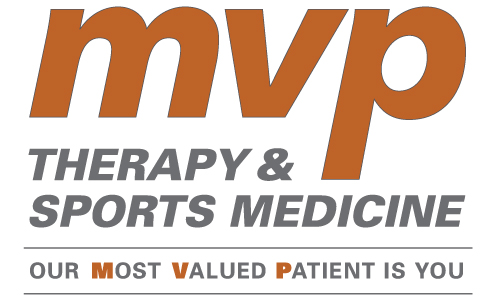In the time it takes to get a doctor’s referral, MVP Therapy could be helping you get better, save money, and maybe even avoid surgery.
Pain and dysfunction can affect more than your joints, bones or muscles. They can interfere with your mood, your sleep, your ability to work, your enjoyment of life. So the sooner you start treating them, the better.
We’re physical therapists, and we’d like to help you. Our job is to teach you how to manage your condition and tailor a comprehensive recovery program for your every need. Through manual therapy, exercise therapy and patient education, MVP’s therapists will work with you one on one to
Decrease your pain
Improve your function
Prevent loss of mobility
Develop a healthier, more active lifestyle, and
Help you get back to the kind of life you want to live – faster and with longer-lasting results.
Help you save hundreds, maybe thousands, of dollars and possibly avoid surgery and unnecessary diagnostic procedures in the process.
You’ll heal sooner.
The time you wait, especially with acute pain, to get into a doctor’s office for a referral could be time you could be in PT getting better. Delaying care for as little as two weeks can in some cases make recovery take much longer.
You could save money.
Starting Physical Therapy within 14 days of lower back pain can save an average of $2,7001.
Getting PT before an MRI or other imaging can save $4,793.
You could avoid the need for surgery.
Physical therapy is just as successful at treating lumbar spinal stenosis (narrowing open spaces in the spine) as surgery, with 15% fewer complications2.
Getting PT first helps 60-70% of knee osteoarthritis patients avoid surgery3.
75% of people with full tears in their rotator cuff were able to rehab their shoulder without surgery4.
PT reduced pain and disability for people with degenerative disc disease about as well as surgery5.
You could prevent future injuries and disabilities.
Guided PT exercises can prevent sideways falls that cause 95% of hip fractures6.
“Going to physical therapy is a proactive way to help prevent this disease [osteoporosis].”7.
FOOTNOTES:
Spine, December 2012
Annals of Internal Medicine, April 2015
New England Journal of Medicine, 2013
Shoulder and Elbow Surgery, October 2013
Thomas Jefferson University Hospital, 2013
cdc.gov
Pauline M. Camacho, MD, Loyola University Osteoporosis Metabolic Bone Disease Center

